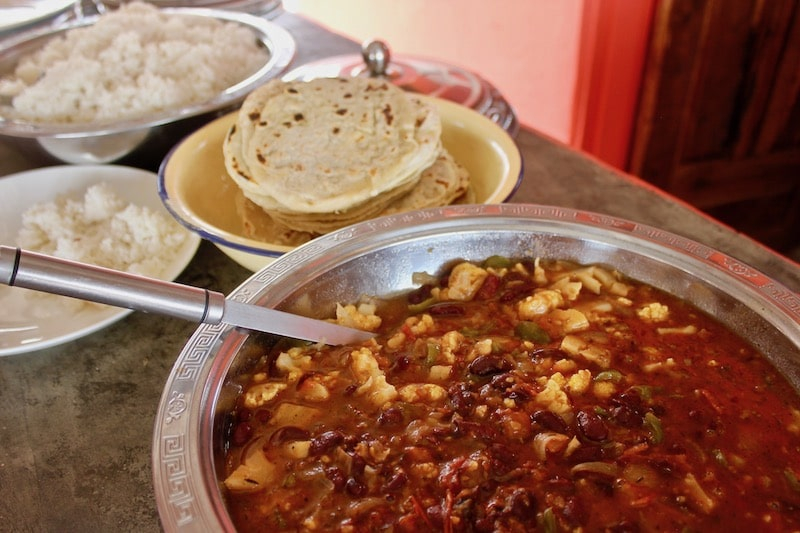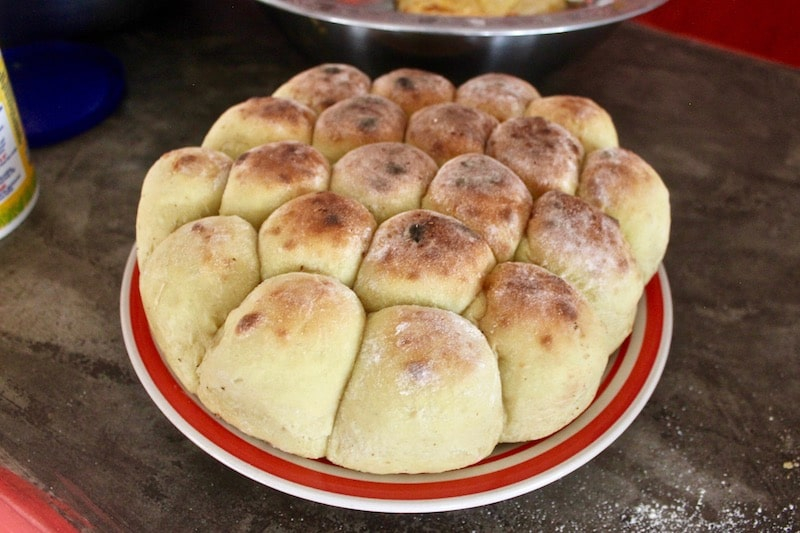Malawian cuisine
Malawian cuisine refers to the country's meals and culinary activities. Malawian cuisine is known for its tea and fish. Sugar, coffee, corn, potatoes, sorghum, cattle, and goats all play a role in the food and economy. Malawian cuisine has been mostly unaffected by other cultures, and as a result, it is quite traditional.
Malawi has a lot of farmers, and the populace grows a lot of food. Tuck shops, small shops situated in rural areas that serve a range of snack items, are well-known in the country. Meat pies, sausage rolls, and rabbit chow (deep-fried buns packed with a curry meat and potato mixture) are examples of these meals. Lake Malawi is not only a popular tourist destination, but it is also a source of superb fresh fish, such as chambo, usipa (similar to sardine), mpasa (similar to salmon), and kampango, which are the country's specialty.
Nsima is a basic dish made from ground corn and eaten with meat, beans, and vegetables as side dishes. It's suitable for both lunch and dinner. Kachumbari, a form of tomato and onion salad known locally in Malawi as a sumu or shum or simply 'tomato and onion salad,' is another dish to try. Thobwa is a fermented beverage made with white maize, millet, or sorghum. Kondowole is a cassava flour and water dish. It's a highly sticky meal that's similar to Malawian nsima, Tanzanian ugali, or Ugandan posho, and it's mostly found in northern Malawi. It's usually cooked on the floor because of its texture, which makes it difficult to run a frying stick through, necessitating a lot of muscle. Normally, kondowole is served with fish.














